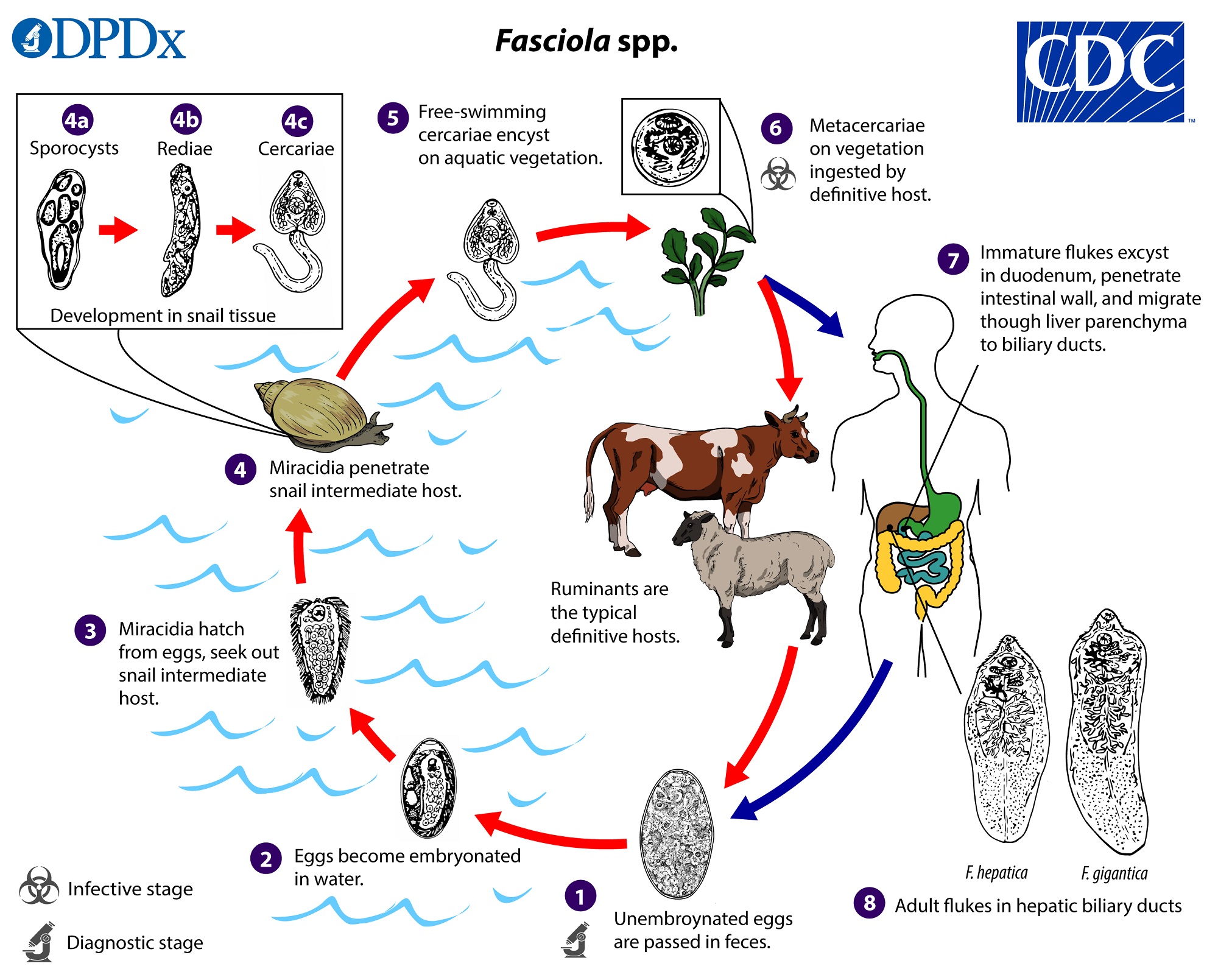There are many ways to deal with God(s). You can pray to Them, make friends with them, ignore them, or perhaps... threaten them. It can get quite brutal, really.
Make it rain
Humans, ever since they started farming, became terribly dependent on rain. Whereas hunter-gatherers could follow the rain, and generally have a wide selection of backup foods to eat during extended droughts. Farmers cannot follow the rain, and farming communities are so populous as to make it impossible to have backup foods for everyone.
As such, ever since farming started, rainmaking rituals also started.
Let's start by a curious article from
Weather Making, Ancient and Modern (MW Harrington, 1894), published in
April 25, 1894, volume VI, page 42 of National Geographics:
I present a clipping from the New York Tribune to which my attention was called by Dr T. C. Mendenhall. Se non e vero e hen trovato [Even if it's not true, it's a good story.]. The extract runs as follows:
In the department of Castañas there had been no rain for nearly a year, and the people were brought to such a pass that they were actually dying of thirst, to say nothing of the total destruction of all crops and other agricultural industries.
"El Pueblo Católico [The Catholic People]," of New San Salvador, prints a number of resolutions promulgated by the principal alcalde of the town and department of Castañas. They are as follows:
"Considering that the Supreme Creator has not behaved well in this province, as in the whole of last year only one shower of rain fell ; that in this summer, notwithstanding all the processions, prayers and praises, it has not rained at all, and consequently the crops of Castañas, on which depend the prosperity of the whole department, are entirely ruined, it is decreed:
"Article 1. If within the peremptory period of eight days from the date of this decree rain does not fall abundantly, no one will go to mass or say prayers.
"Article 2. If the drought continues eight days more, the churches and chapels shall be burned, and missals, rosaries, and other objects of devotion will be destroyed.
"Article 3. If, finally, in a third period of eight days it shall not rain, all the priests, friars, nuns, and saints, male and female, will be beheaded. And for the present permission is given for the commission of all sorts of sin, in order that the Supreme Creator may understand with whom he has to deal."
The most remarkable feature of this affair is the fact that four days after these resolutions were passed the heaviest rainfall known for years was precipitated on the burning community.
Side note: blowing up a tornado
I just noticed this funny tidbit in the same article. Turns out that nuking a tornado isn't a new idea. Back in 1887, someone applied for a patent for it!
I will consider the first, that of Mr J. B. Atwater, of Chicago (number 370,845, 1887). A strong box with a double bottom is firmly supported on a pole erected at a suitable point, probably a mile or so southwest of the village to be protected. The upper bottom is fixed and the space above it is filled with an explosive and firmly closed. In holes in the upper bottom are inserted fulminating caps and these project below its lower surface. The lower bottom slides up and down. Then, if a high wind drives the lower bottom against the upper with such force as to flash the caps, the explosion follows, and the tornado (if present) suffers the effects which a tornado will suffer when a powerful explosion occurs in its immediate vicinity.
Would it work?
Perhaps it will be effective ; we can be more positive when it has been tried.
Well, modern science concludes that it will not work.
What should work, though, is setting fire to a grassfield when the day is already humid. This imitates the natural rainmaking process.
Rainmaking in China
There are many rituals for rainmaking in China, from the tamest to the most violent. This section is sourced on two papers:
- Cohen, Alvin P., ‘Coercing the Rain Deities in Ancient China’, History of Religions, 17.3/4 (1978), 244–65 <https://doi.org/10/bstb39>
- Schafer, Edward H., ‘Ritual Exposure in Ancient China’, Harvard Journal of Asiatic Studies, 14.1/2 (1951), 130–184 <https://doi.org/10/b573kw>
Method one: put someone out there in the sun, optionally naked, as a symbol of all people that suffers in the drought. If the rain gods are sympathetic, they would bring rain.
Method two: put someone that the rain gods would care about. Perhaps find someone that is a child of raingod, perhaps some witch who is familiar with the rain gods, or perhaps an earthen model of the rain gods (often in the shape of a dragon), and make them suffer great heat. They might stay in the sun, or be put into rings of fire and dance to make them sweat profusely.
Method three: if all else fails, someone can be burnt on a pyre. This someone could be a witch, an official, a Buddhist, or an earthen model of the rain gods. Less harshly,, the model of the rain gods could be whipped, or seriously criticize for their abandonment of duty.
The ritual abuse of the rain gods is basically threatening the gods, which is what this post is about.
One interesting illustration is this oracle script for "暴" ("to expose")
It depicts a person lying under the sun, with two more person looking over a pyre. An explicit depiction of a rainmaking ritual.









